
The Mitsui Zaibatsu 三井財閥
History
Mitsui is one of those families which like the Rotschild and Vanderbilt in the US and Europe, invoke wealth and power. As a matter of fact, Mitsui was the largest zaibatsu by the end of World War II, controlling 273 companies.
Everything started with Takatoshi Mitsui (1622-1694). Son of a shopkeeper from Matsuzaka (Mie prefecture), Takatoshi moved to Tokyo with his brother when he was 14 to open a second shop. In 1673, he opened a kimono shop called Gofukuya (呉服屋) in Nihombashi. It still exists and has since become the famous Mitsukoshi (三越). Note that the first kanji (三) stands for Mitsui.
In 1683, Takatoshi started an exchange shop. The Edo government made use of Mitsui's services to facilitate the transfer of funds mainly from Osaka. Good relations with the Edo, then Meiji governments helped Mitsui prosper.
In modern times, Mitsui business empire relied mainly on three subsidiaries : Mitsui Banking, Mitsui Trading and Mitsui Mining.
Banking
In 1876, Mitsui founded Japan's first private bank. The Mitsui Bank merged with the Dai-Ichi Bank to form the Teikoku Bank in 1943, but restored its name to Mitui Bank in 1954. It subsequently merged with Toto bank in 1968, then Taiyo Kobe Bank in 1990 and was renamed Sakura Bank in 1992. It merged with Sumitomo bank in 2001 to form the Mitsui-Sumitomo Banking Corporation (SMBC). SMBC absorbed the Wakashio Bank in 2003.
Mitsui Group 三井グループ
Company Name
Mitsui Matsushima
Mesco
Sumiken Mitsui Road
Mitsui Home
Shin Mitsui Sugar
Mitsui Mining
Mitsui Chemicals
Mitsui Knowledge Industry
Mitsui Mining & Smelting
MODEC
Mitsui Hi-tech
Mitsui Eng. & Shipbuilding
Mitsui & Co.
Mitsui Trust Holdings
Sumitomo-Mitsui Financial Gr.
Sumitomo-Mitsui Insurance
Sumitomo-Mitsui Construction
Mitsui Fudosan
Mitsukoshi
Toray
Mitsui O.S.K. Lines
Mitsui Soko
Mitsui Greenland
|
Headquarters Address
1-1-12 Otemon, Chūo-ku, 810-8527 Fukuoka
2-10-5 Ryōgoku, Sumida-ku, 130-8531 Tokyo
13-37 Yochomachi, Shinjuku-ku, 162-0055 Tokyo
2-24-1 Nishi-Shinjuku, Shinjuku-ku, 160-0023 Tokyo
2-8-2 Nihombashi Honchō, Chūo-ku, 103-8423 Tokyo
3-3-3 Toyosu, Koto-ku, 135-6007 Tokyo
1-5-2 Higashi Shimbashi, Minato-ku, 105-7117 Tokyo
2-7-14 Higashi-Nakano, Nakano-ku, 164-8555 Tokyo
1-11-1 Oozaki, Shinagawa-ku, 141-8584 Tokyo
4-2-8 Obinata, Bunkyo-ku, 112-0006 Tokyo
2-10-1 Komine, Yahatanishi, 807-8588 Kita-Kyushu
5-6-4 Tsukiji, Chūo-ku, 104-8439 Tokyo
1-2-1 Otemachi, Chiyoda-ku, 100-0004 Tokyo
3-33-1 Shiba, Minato-ku, 105-8574 Tokyo
1-1-2 Yurakuchō, Chiyoda-ku, 100-0006 Tokyo
2-27-2 Shinkawa, Chūo-ku, 104-8252 Tokyo
13-4 Arakichō, Shinjuku-ku, 160-8577 Tokyo
2-1-1 Nihombashi Muromachi, Chūo-ku, 103-0022 Tokyo
1-4-1 Nihombashi Muromachi, Chūo-ku, 103-8001 Tokyo
2-2-1 Nihombashi Muromachi, Chūo-ku, 103-8666 Tokyo
2-1-1 Toranomon, Minato-ku, 105-8688 Tokyo
3-22-23 Kaigan, Minato-ku, 108-0022 Tokyo
1616 Shimoide, 864-8691 Arai City (Kumamoto)
|
Employees
499
240
459
3,701
624
-
12,316
926
9,583
156
2,475
10,890
39,283
8,739
43,813
16,037
5,787
12,965
-
33,030
7,180
2,864
389
|
|


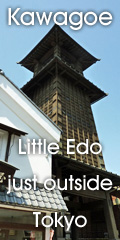
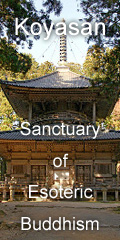
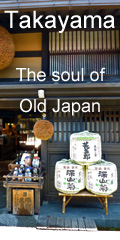
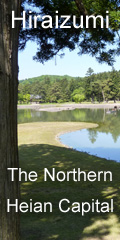
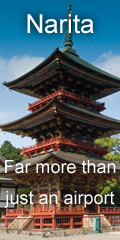
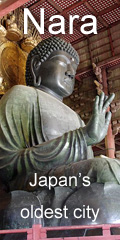
|